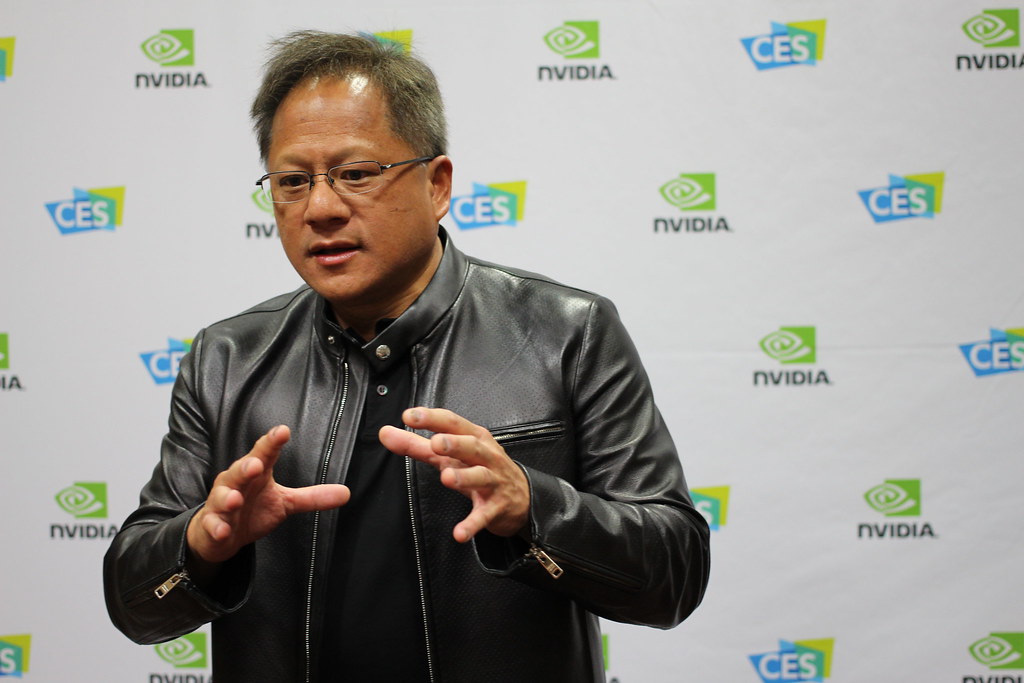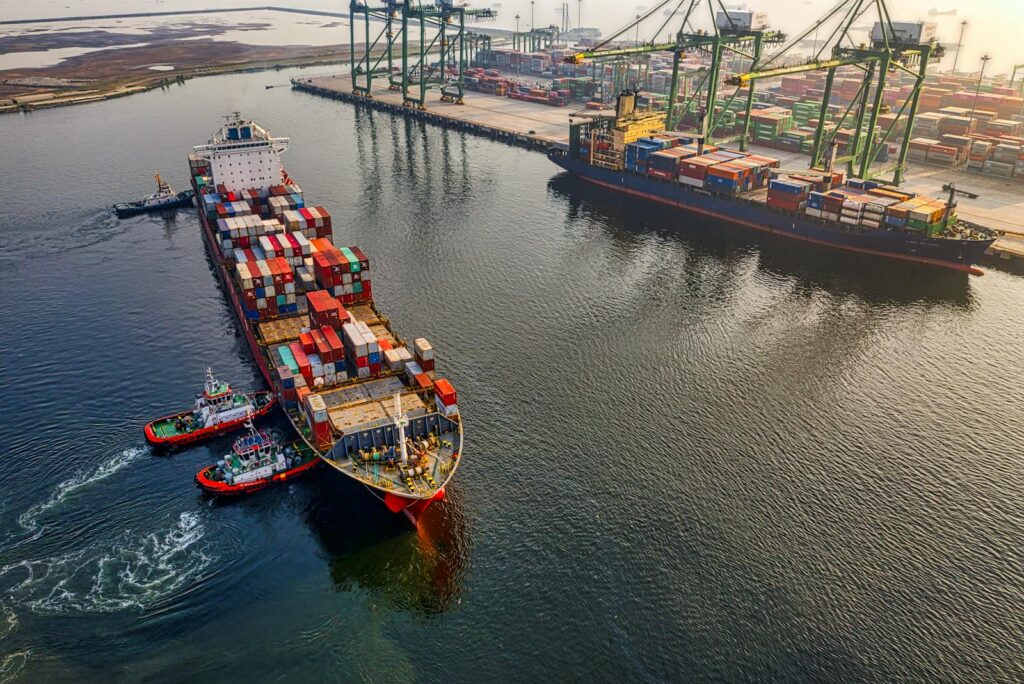In a world where the pace of technological advancement seems to outstrip our ability to comprehend it, the head of Nvidia, Jensen Huang, has provided a refreshingly grounded perspective on the future of artificial intelligence (AI) and the hardware that powers it. Amidst a flurry of excitement and seemingly boundless investment in AI, Huang has questioned the wisdom of pouring trillions of dollars into the production of chips for AI accelerators. His comments come as a counterpoint to the initiative led by OpenAI’s Sam Altman, who is currently seeking a staggering $5-7 trillion to build a plethora of new chip factories dedicated to AI.
Huang’s argument hinges on the rapid advancement of technology, encapsulated in his belief that “in 10 years, computers will be doing this a million times faster.” This projection is not without merit, considering the exponential growth in the performance of Nvidia’s own accelerators. In just a few years, we’ve witnessed the V100 GPU’s performance leap from 125 TFLOPS in 2018 to the H200’s almost 2000 TFLOPS. Such growth is indicative of the industry’s trajectory and lends weight to Huang’s assertion that simply continuing to develop new architectures and technologies at the current pace will suffice.

The potential consequences of an overinvestment are not to be taken lightly. Huang warns of the possibility of an oversupply of chips, which could precipitate a major economic crisis with global ramifications. His cautionary stance is a reminder that while ambition in the tech industry is often celebrated, it must be tempered with pragmatism. “Remember that architecture performance will improve, so you can’t just rely on buying more computers,” he advises, suggesting that a balance between hardware acquisition and innovation in computational efficiency is essential.
The tech industry is notoriously difficult to predict, and the demand for AI chips in the next five to ten years is no exception. However, Huang’s perspective offers a valuable counter-narrative to the prevailing sentiment that more is always better. It’s a call to consider the long-term implications of our investment decisions and to recognize the power of technological progress to meet our needs in ways we might not currently imagine.
In a broader context, the tech news landscape is awash with sources vying for attention, each offering a unique angle on the ever-evolving world of technology. From the venerable pages of Wired to the business-centric reporting of TechCrunch, the variety of content available is as diverse as the industry itself. These publications not only report on the latest developments but also provide insights into the implications of these advancements, much like Huang’s commentary on AI chip production.
As we navigate the complexities of the tech industry, voices like Huang’s serve as important touchstones, encouraging us to look beyond the hype and consider the practicalities that underpin sustainable progress. His words remind us that in the rush to achieve the next big breakthrough, we must not lose sight of the fundamental principles that have driven innovation thus far: a commitment to improvement, a respect for the limits of our resources, and a clear-eyed assessment of the future.





